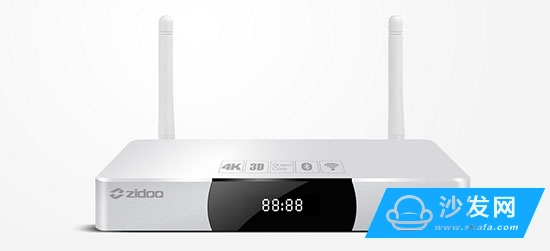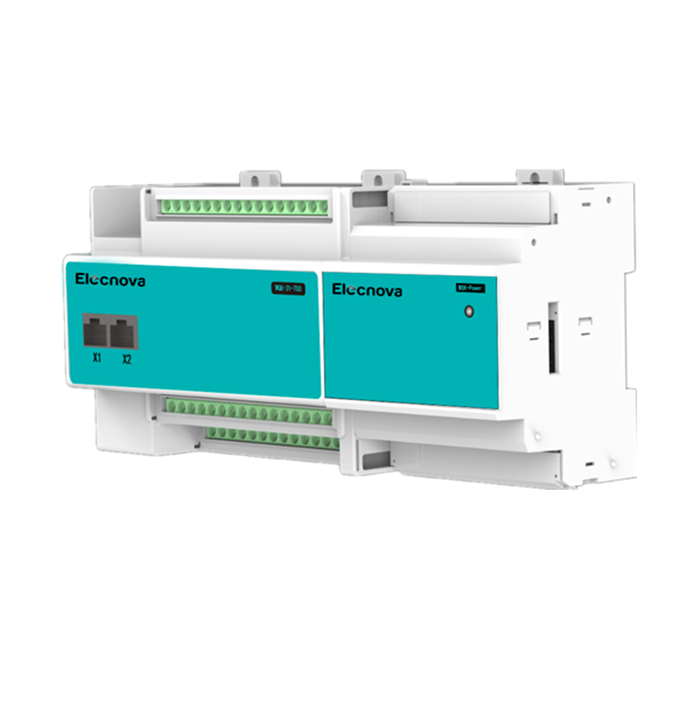Set-top boxes have become necessary equipment for every family. Whether watching TV or other entertainment, as long as it is related to television, there is no shortage of set-top boxes. Speaking of the set-top box, everyone has seen and used it, but most of the small partners should not have disassembled the set-top box. What is the structure of the set-top box? Based on this structure, how is it operating?
First, set-top box working principle - - Introduction
Set-top box, scientific name for digital video conversion box, English name for the Set Top Box, referred to as STB, also known as set-top box, mainly used for TV and external signal source connection, can be compressed digital signal to TV content and Displayed on the display.

Second, the working principle of set-top boxes - - classification
Digital set-top boxes can be divided into digital satellite set-top boxes, European standard digital terrestrial set-top boxes, GB digital terrestrial set-top boxes and cable TV digital set-top boxes according to standards; they can be divided into one-way set-top boxes, two-way set-top boxes and IPTV set-top boxes according to their functions. Different set of chips can be used to form set-top boxes with different hardware platforms. On the same hardware platform, depending on the software system, set-top boxes with different applications can be constructed.

First, set-top box working principle - - Introduction
Set-top box, scientific name for digital video conversion box, English name for the Set Top Box, referred to as STB, also known as set-top box, mainly used for TV and external signal source connection, can be compressed digital signal to TV content and Displayed on the display.

Digital set-top boxes can be divided into digital satellite set-top boxes, European standard digital terrestrial set-top boxes, GB digital terrestrial set-top boxes and cable TV digital set-top boxes according to standards; they can be divided into one-way set-top boxes, two-way set-top boxes and IPTV set-top boxes according to their functions. Different set of chips can be used to form set-top boxes with different hardware platforms. On the same hardware platform, depending on the software system, set-top boxes with different applications can be constructed.

Power quality management is concerned with the control of the quality or purity of the AC sine wave of the electricity power supply. Power Quality Management System is a platform and interfaces to collect, tabulate, analysis and display data to various stakeholders. To monitor and record the status and quality of power supply in the location.

Power Quality Management,Electronic Test And Measurement Instrument,Digital Imaging Measurement Instrument,Smart Measurement Instrument
Jiangsu Sfere Electric Co., Ltd , https://www.elecnova-global.com